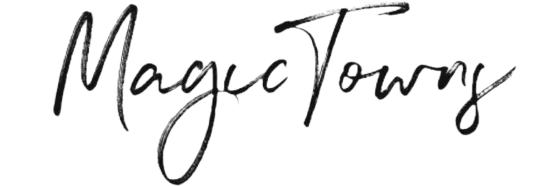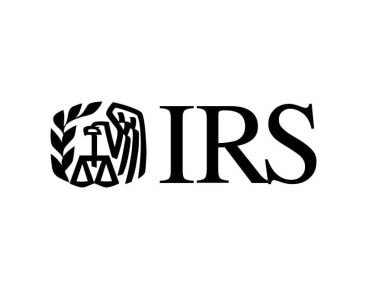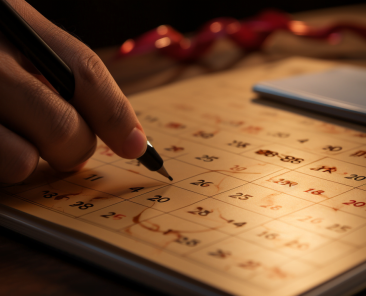If you plan on living somewhere in the long run, learning the costs of basic needs and utilities is always necessary, and doing the same for Italy is no different. Not only do you need to pick trustworthy suppliers with solid reviews, but you also need to ensure you aren’t overpaying for these services.
As an expat, setting up utilities in Italy is something you have to be informed about in advance, as it directly impacts your daily life and budget. Plus, getting familiar with the topic later on can be costly, stressful, and overwhelming.
Thanks to my personal experience, I’ve gathered enough insights to guide you on this topic properly, so you easily navigate it if you’re ever in the same situation.
Key Highlights:
- Although public water is cheap, electricity and gas are fairly pricey in Italy compared to other EU countries.
- To set up these utilities in Italy, you will need to submit your Passport, Tax Code, Lease Contract, and other information for verification.
- The government also issues relief projects for low-income households to afford utilities in Italy, so you can research and see how to benefit from them.
Electricity In Italy
Enel Group Headquarters (Image Source)
Electricity pricing in Italy is among the highest in Europe (about €0.14 per kWh), so it’s no surprise that you’ll come across a few steep monthly electricity bills. When talking about electricity suppliers, there are only seven major companies you need to consider: Enel, Terna, Edison, A2A, Sorgenia, NeN, and EGL Italia.
Although Enel is the most popular supplier in the country, it’s extremely expensive and unreliable. So, based on my experience, your best choice should be to stick to NeN. They have flat rates, good prices and reevaluate how much you consume annually and change the monthly flat rate accordingly. For reference, their monthly bills, on average, can be half the price of what you’d normally pay Enel.
The standard power capacity in Italy is 3.3 kW, though it can be increased to 7 kW, depending on the supplier. While there are several variables to consider for monthly or annual pricing, most medium-sized families typically pay €180 a month. Many in Italy have installed solar panels to reduce their power consumption.
Setting Up Electricity
Once you’ve chosen your preferred electricity supplier, the next steps include registration and domestic setup. To keep things general, here’s what you need to do:
1. Go to the supplier’s official website, initiate the contract process, choose a tariff and payment plan, and wait for confirmation.
2. Upon receiving confirmation, head over to the Destination Service Provider (DSP) and provide the following documents:
- Your passport or national ID (if applicable)
- Your last pay slip (even if it’s in English)
- Your Italian Tax Code (locally called “Codice Fiscale”)
3. Once it’s time to set up, the following conditions will apply:
- If the property already has an electricity connection, the company will handle the transfer of the contract to your name.
- If there’s no existing connection, the company will coordinate with the local distributor to install a meter and establish the connection.
Depending on the company, you might need to submit the verification documents in the first step. NeN, for instance, usually requires these documents on their website during the application process. In most cases, you’ll receive electronic bills directly on a payment app, though you could opt to only receive hard copy bills (depending on the company).
Regardless, this is the gist of what you’ll be going through, but please note that the DSP could take some time to verify your documents, potentially taking up to 30 days.
It’s also worth mentioning that the government offers the “Bonus Sociale Elettrico” to assist low-income families. This discount on electricity bills is based on household income (I.S.E.E), family size, and medical needs. You can avail yourself of this opportunity if you meet the eligibility requirements, which will help reduce financial strain and prevent energy poverty.
Water In Italy
Arcugnano near Lake Fimon, Italy (Image Source)
When moving into an independent property in Italy, your water meter will be read at check-in to ensure accurate billing. Once the step’s cleared, the water bill can then be transferred to your name or a new account opened. In most Italian cities, a single water company manages water services, and billing frequency will generally vary – monthly, quarterly, bi-annually, or annually, depending on local regulations.
Water bills typically arrive by mail and can be paid through:
- Post Offices
- Authorized Tobacco Shops (Tabaccherie) with an additional fee of €1.50–€2.50 per payment
Keep track of your water usage since excess consumption may lead to additional charges. Additionally, note that these charges and steps don’t apply if you live in a condominium. In that case, your rent will include the water bill with a pre-planned limit. You’ll be charged extra if you exceed that limit, so always make sure to get a balance sheet, if that happens, for cross-examination.
Picking The Right Water Supplier
Unlike electricity, water is comparatively cheaper than in other EU countries, and your choice of water supplier won’t affect your bill too much. Currently, Hera offers the most public water utilities, and they’re a safe bet in my experience, especially if you’re living in the central regions of Italy.
The registration process is fairly straightforward: contact Customer Support, submit a connection request, wait for Hera to inspect the site, and let them install the utilities at an agreed amount.
Keep in mind that, like an electricity setup, you will be required to submit important documents like your passport, Tax Code, and property details.
Gas In Italy
A deluxe gas cooktop made in Italy (Image Source)
Gas is just as important a utility as any, and the quality and price you’ll get for it in Italy really depends on your supplier. Premium companies like Eni Gas e Luce can charge 20% more than an affordable company like Hera for the same gas supply.
Regardless of which supplier you go with, you’ll often pay above €700 monthly during the winter season. Italy’s gas is on the more expensive side among the EU; however, fortunately, you can avail the country’s initiative, Social Bonus for Energy, to reduce those costs anywhere between €60 and €300.
The main options for a gas supplier in Italy include:
- Enel
- Eni Gas e Luce
- A2A
- Hera
- Edison
- Dolomiti
If you want to target affordability, Hera is generally the way to go, but prices always fluctuate during different seasons. Thus, you can keep track of the price updates through ARERA’s website, which provides info on the latest energy tariffs. As a whole, though, all of these options are, at least, reliable, and the main deciding factors boil down to your budget, use, and region.
Paying Utilities in Italy
In Italy, paying utility bills has become much more convenient compared to the past. Previously, residents had to physically visit post offices to make payments. However, today, most utility providers allow remote payments through credit cards, making the process much simpler. Another popular method is through direct debit, known as RID (Rapporto Interbancario Diretto), which allows payments to be automatically debited from any valid European bank account. This system makes it super easy and straightforward to stay on top of your bills without having to worry about missing deadlines or going to a physical location.
Setting Up Utilities in Italy – Wrap-Up
That wraps up this extensive guide on finding and setting up utilities in Italy, including gas, water, and electricity. As mentioned, you can always visit ARERA’s website for up-to-date pricing on these services from various companies. From there, you can pick and choose which one you’d like based on your region and budget.
Sources
Standard electric supply in Italian homes
RID (Rapporto Interbancario Diretto)
Good job! Please give your positive feedback
How could we improve this post? Please Help us.









